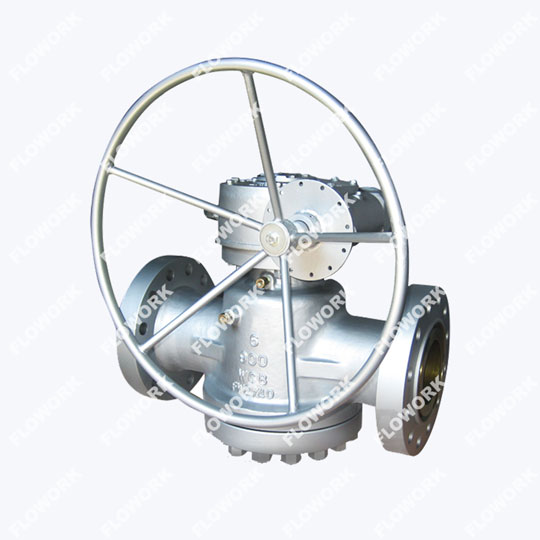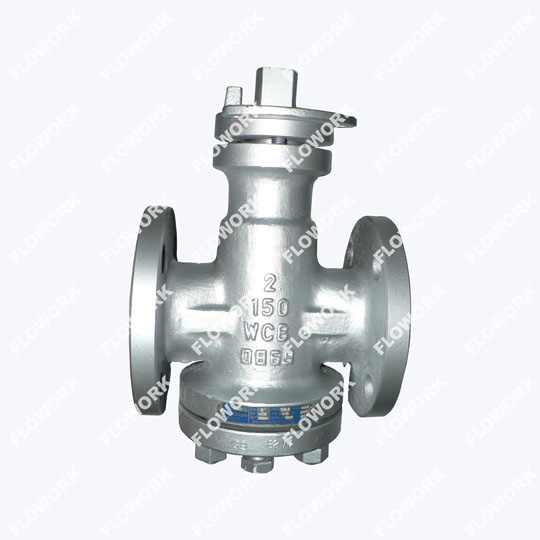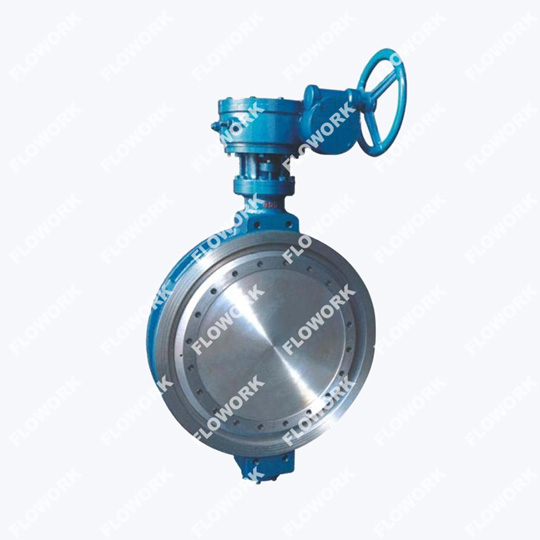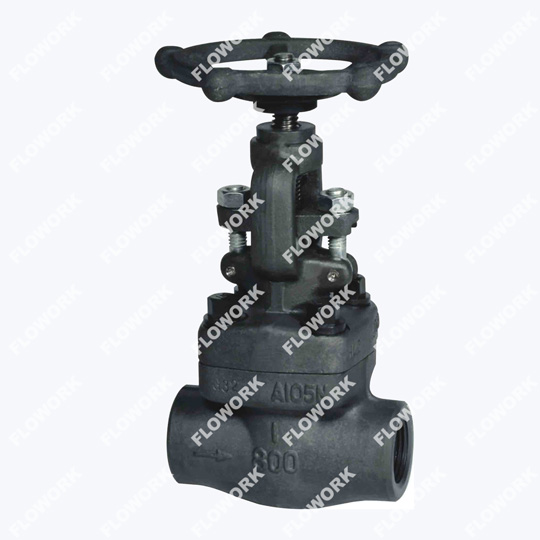Flange Types
Flange connection is composed of flange, gasket, and bolts and nuts. It is a detachable connection that can be used for connecting pipes to valves, pipes to pipes, and pipes to equipment.

Flange types classified by connection method
1.Integral flange
It refers to the inlet and outlet flanges that connect mechanical equipment such as pumps and valves to pipelines. It is usually integrated with these pipeline equipment as part of the equipment.
2.Welding neck flange
This type of flange is different from other types in that there is a long and inclined high neck from the welding point between the flange and the pipe to the flange plate. The wall thickness of this high neck gradually transitions to the pipe wall thickness along the height direction, improving the discontinuity of stress and thus increasing the strength of the flange.
Welding neck flange is mainly used in situations with relatively harsh working conditions, or repetitive stress changes, and in pipelines with large fluctuations in pressure and temperature, or high temperature, high pressure, and sub-zero temperature.
3.Slip on flange
When slip on flange is fixed to a pipe, the end of the pipe is inserted into the bottom of the flange socket or the inner end of the flange, and it is lower than the inner plane of the flange. The outer or inner and outer ends of the flange are welded to connect the flange to the pipe.
Generally, it is suitable for pipeline with low pressure.
4.Lap joint flange
Flange can be rotated and can be easily aligned with the bolt holes, making it easy to install on large-diameter pipelines. It is also suitable for places where pipelines need to be frequently disassembled for cleaning and inspection.
5.Threaded flange
The threaded flange is a non-welded flange whose inner hole is processed into a pipe thread and connected to a pipe with an external thread. Compared with welded flanges, it is easy to install and maintain, and can be used in some situations where welding is not allowed. However, when the temperature is higher than 260℃ and lower than -45℃, it is recommended not to use threaded flanges to avoid leakage.













